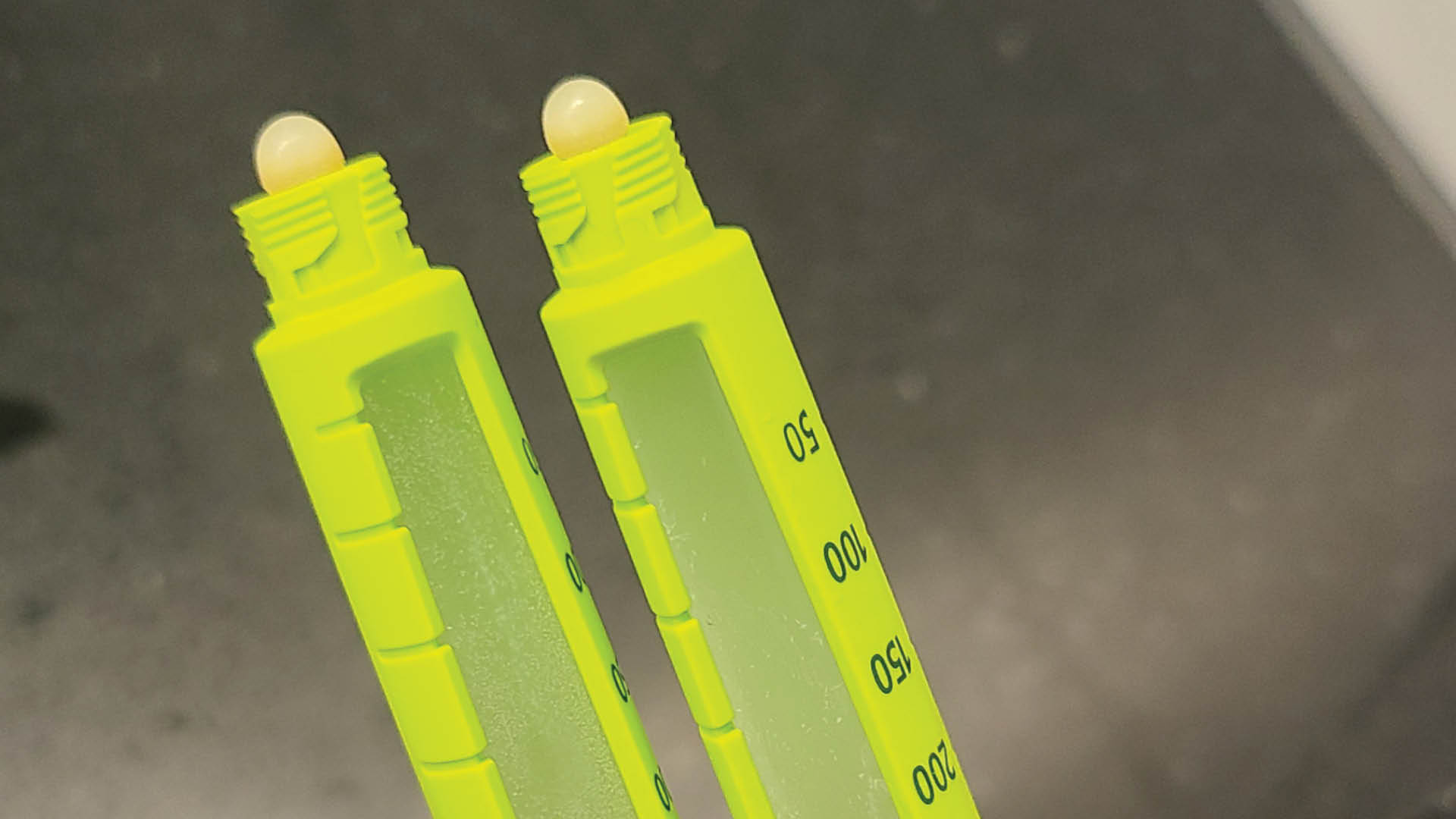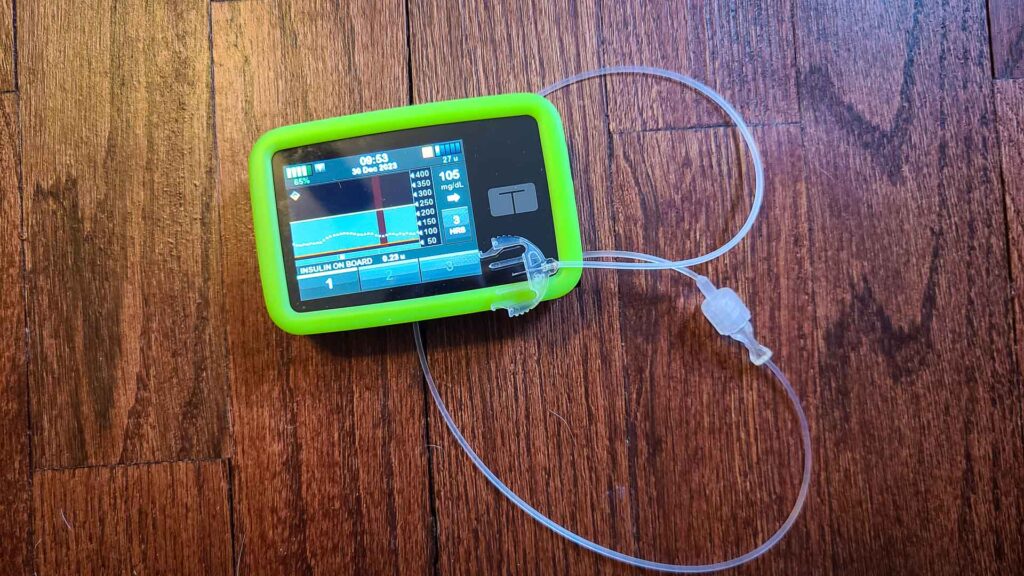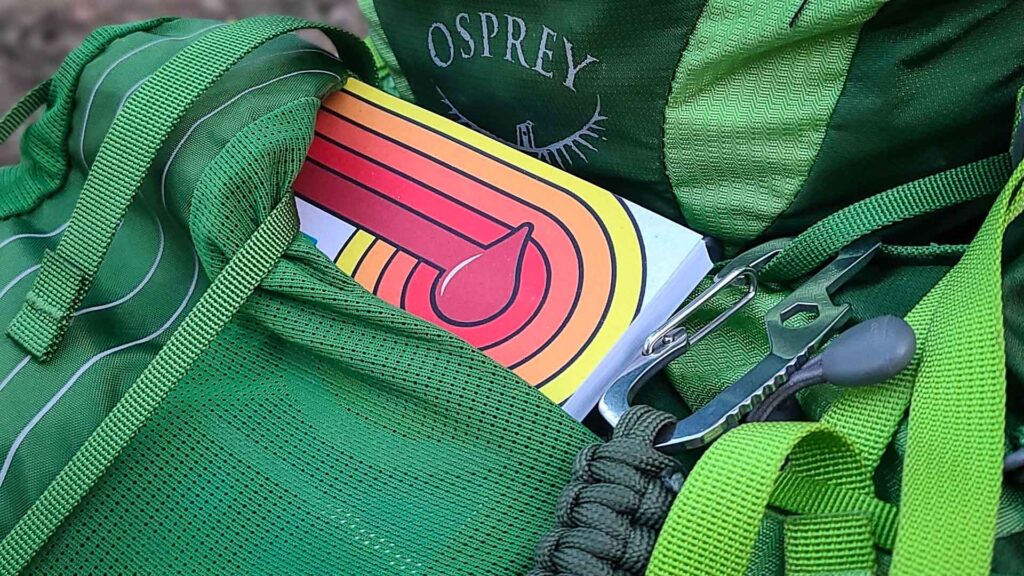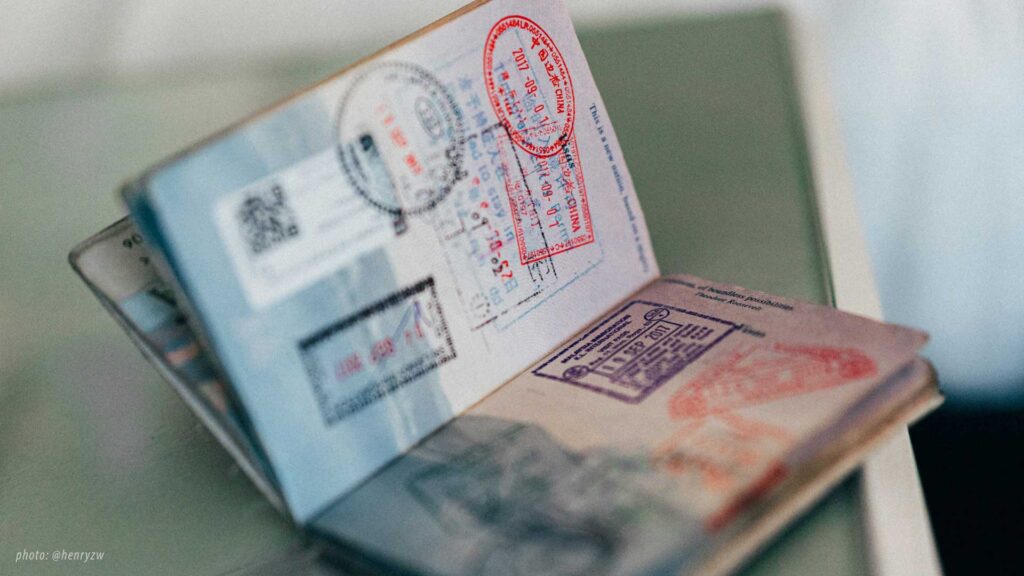Can You Freeze Insulin? Well…No. But it’s a little more complicated than that.
No, you should never freeze your insulin—but keeping insulin at “safe temperatures” is a little more complicated
I learned the hard way on a flight over the Atlantic that “keeping insulin at safe temperatures” isn’t as straightforward as I had hoped. The easy answer is that you should never freeze insulin, but understanding the hypers and hypos (🤦🏻♂️) of safe insulin storage and use ranges is a little more complicated.
This article will help you understand all of those insulin temperature range details as well as give you some tips for when insulin temperature emergencies happen. We’ll also look at some really helpful products for keeping your insulin safe, whether at home or when traveling. Good diabetes management starts with understanding all the rules…and there are a lot!
This site participates in the Amazon Services LLC Associates Program and other affiliate programs and may earn from qualifying purchases. You’re never charged more, but it helps out little by little! Check out “Privacy” in the top menu if you need to know more!
Disclaimer: Always refer to your specific drug manufacturer's instructions for storage and safe practices. When in doubt, check their website or give them a call!
What are the recommended temperatures to store unopened insulin?
Unopened insulin should always be stored between 36 and 46 degrees Fahrenheit. The Celcius temperature range for unopened insulin is between 2 and 8 degrees Celsius. If kept within those ranges the insulin should remain effective until the expiration date that’s stamped on the insulin vial or insulin flexpen.
Extreme cold or heat can reduce insulin potency (making it less effective at controlling glucose levels in the body) or completely spoil the insulin, making it unusable and potentially dangerous.
This refrigerated insulin cooler—with optional biogel inserts—is what I now use for transporting insulin, whether during road trips or when traveling internationally for months at a time. Check updated insulin cooler price here.
Connect & Share This Article
What are the recommended temperatures to store opened or in-use insulin?
Opened or in-use insulin should be stored in the fridge between 36°-46° Fareinheit or 2°-8° Celcius, but can also be kept at “room temperature” which is obviously a little ambiguous. Many insulin producers target temperatures around 85° for the high temperatures safe to keep in-use insulin.
Per Novolog insulin highlights of prescribing information: Opened NovoLog® vials can be stored in the refrigerator at 36°F to 46°F (2°C to 8°C) or at room temperature below 86°F (30°C).
READ NEXT: Gifts For Diabetic Travelers—Essential Travel Items & Unexpected Gifts
At what temperature does insulin freeze?
The freezing point of insulin is at 32°F (0°C), just like water. So you can use the rule of thumb that if it freezes your water, it will freeze your insulin. Throw frozen insulin away as it’s no longer safe to use.
What should I do if my insulin freezes? Can thawed insulin still be used?
Nearly every manufacturer of liquid insulin states that once insulin is frozen, it is unusable and should be discarded.
Per Humalog insulin highlights of prescribing information: Do not use HUMALOG® if it has been frozen.
Per Novolog insulin highlights of prescribing information: Do not freeze NOVOLOG® and do not use NOVOLOG® if it has been frozen.
What happens when insulin freezes (the nerdy, scientific answer)
When insulin is exposed to freezing temperatures, “the solution becomes crystals and these crystals break the protein of insulin completely. So if insulin is frozen, it completely and totally loses its effectiveness.” (Zayani, 2017)
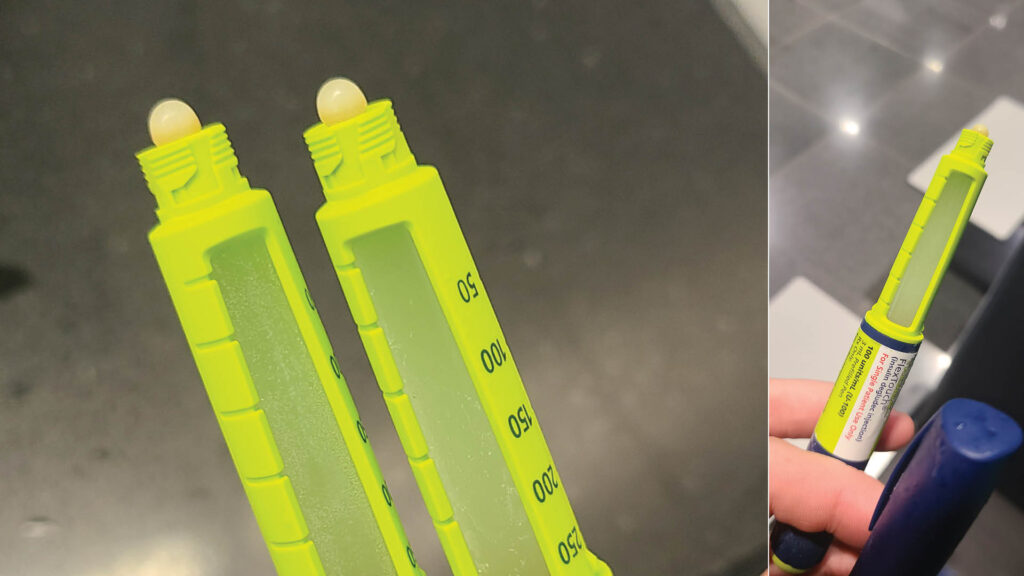
When my Tresiba basal insulin pens froze while on a plane to Portugal, they essentially expanded and turned into an off-white ooze-bubble out of the end of the pen! Into the trash they went. Ouch.
How long is insulin usable after being unrefrigerated or kept at room temperature?
Depending on the insulin and how it’s being used, most manufacturers direct patients to discard insulin after 28 days, but potentially sooner. Some insulin producers have different discard date ranges based on whether the insulin is used in flexpens or in an insulin pump—which honestly seems a bit odd.
Per Novolog insulin highlights of prescribing information: After vials have been opened: Throw away all opened NovoLog® vials after 28 days, even if they still have insulin left in them. If using NovoLog® in a pump, throw away all opened NovoLog® vials after 19 days.
Of course, any insulin older than the expiration date printed on the insulin should be discarded regardless of whether it’s been/being kept at refrigerated temperatures.
What is too hot or too cold for insulin—A visual example (Right column image)
Insulin is a very temperature-sensitive medication, which means that it must be kept within specific temperatures in order to remain effective. Too hot or too cold, extreme temperatures can have severe implications on the effectiveness of insulin and may even render it completely ineffective or even dangerous.
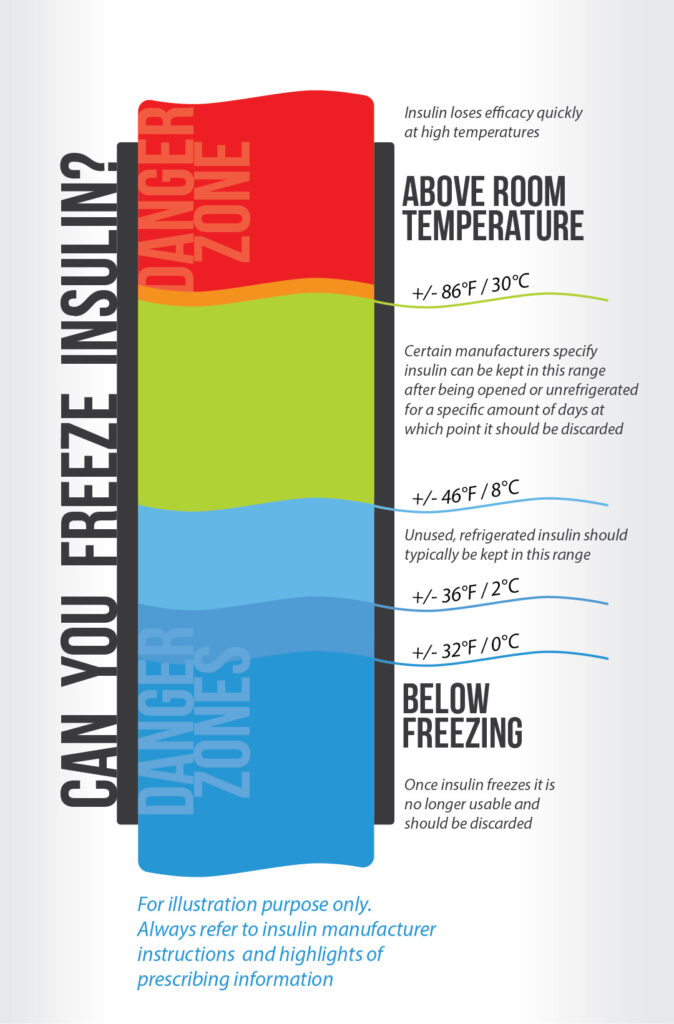
The consensus temperature range for in-use, unrefrigerated insulin (per most insulin producers) is between 36°-86°F; 2°-30°C. If insulin is exposed to temperatures outside this range, the medication may become unstable. Temperatures above 86°F (30°C) could cause irreparable damage and reduce insulin efficacy, which will severely impact your diabetes management to say the least!
Good luck getting your blood sugar levels down if your insulin literally stops working because it’s been exposed to high temperatures.
These reusable insulin-cooling wallets are perfect if you have to take insulin pens with you outside on long hot days.
READ NEXT: Gifts For Diabetic Travelers—Essential Travel Items & Unexpected Gifts
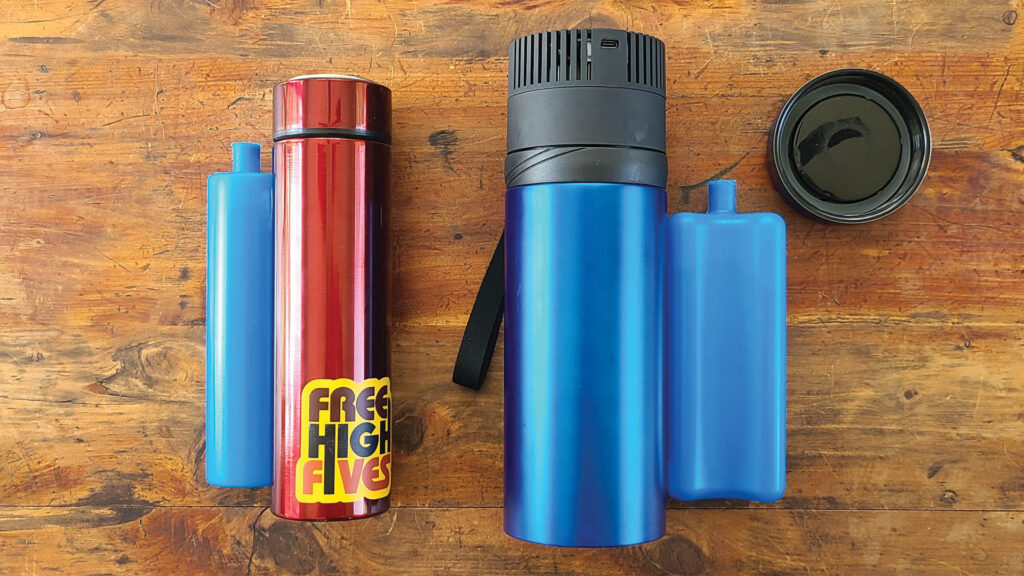
FAQS: Frequently asked questions about safe insulin storage temperatures
How do I know if my refrigerator is too cold to store my insulin?
Pharmacy refrigerators are specifically built for keeping within temperature ranges and are regularly maintained, but your refrigerator at home is not. And different zones in your fridge can be subtly different temperatures, and even drop to below-freezing temperatures from time to time.
Since it’s unlikely that you’ll be running out to purchase a pharmacy-grade, climate-controlled refrigerator, you may want to add one of these small digital thermometers to multiple zones in your fridge, especially the spot where you’re storing your insulin.
What happens if the power goes out and my refrigerator stops working? How can I keep my insulin safe?
This is where having backup plans comes in really helpful. Consider keeping biogel insulin cooler inserts in the freezer and ready when this emergency happens. Additionally, having a USB-powered refrigerated insulin cooler like this one along with multiple, charged high-capacity power banks should be enough to ensure you can keep your insulin at refrigerated temperatures for at least a couple of days until the power outage is fixed and power it turned back on to your refrigerator.
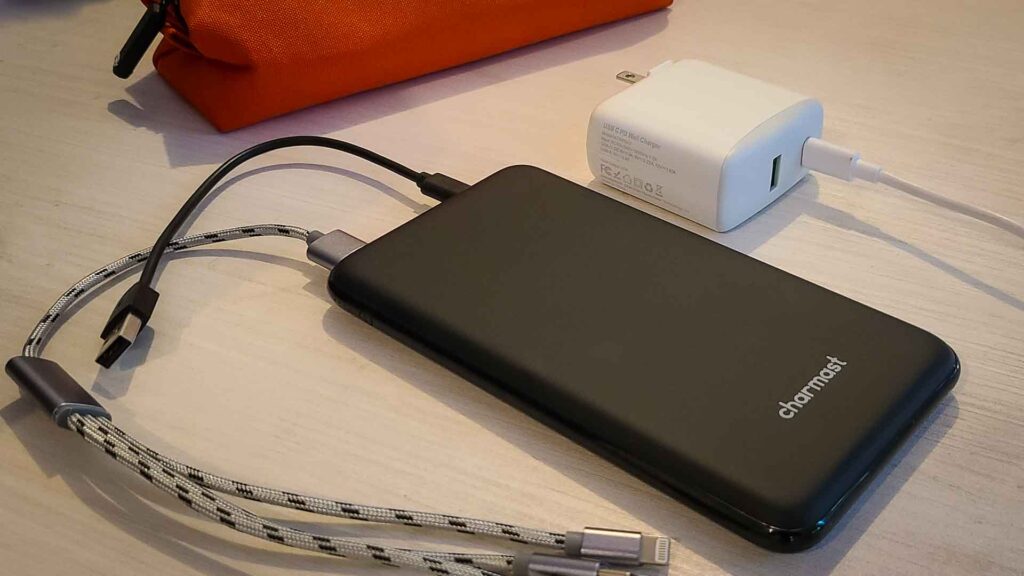
Ok, I’m convinced—keeping insulin at safe temperatures is tricky
Now you at least know the general rules of safety and temperatures with insulin. You should definitely consider having either a 72-hour biogel insulin cooler on hand or a refrigerated insulin cooler for keeping insulin at refrigerated temperatures. But you should also have some insulin cooling wallets like these if you’re traveling with insulin during hot summer months.
PS – You can check out more products recommended for long-term travel and daily life with diabetes here.
RELATED ARTICLES:
Gifts For Diabetic Travelers—Essential Travel Items & Unexpected Gifts
I Froze My Insulin Flexpens—Tips For Traveling With Insulin Internationally
I Just Got Diagnosed With Diabetes And I’m FREAKING OUT!
Diabetes Symptoms For Noobs – My Type 1 Diabetes Symptoms & Diagnosis Story
Connect & Share This Article
Reference:
Zayani, A. (2017, July 29). Part 2, Refrigerators: The Friend-Enemy of Insulin. https://www.diabetesincontrol.com/amin-zayani-part-2-refrigerators-the-friend-enemy-of-insulin/


